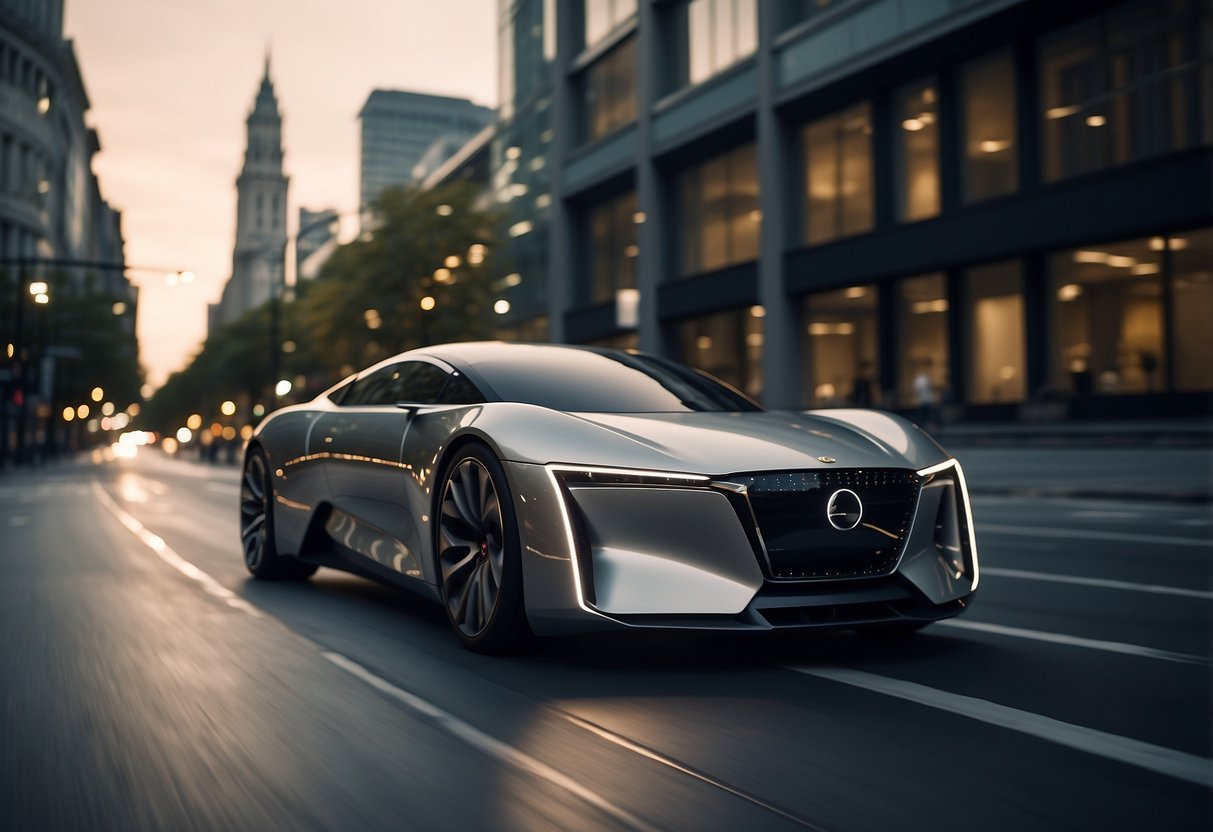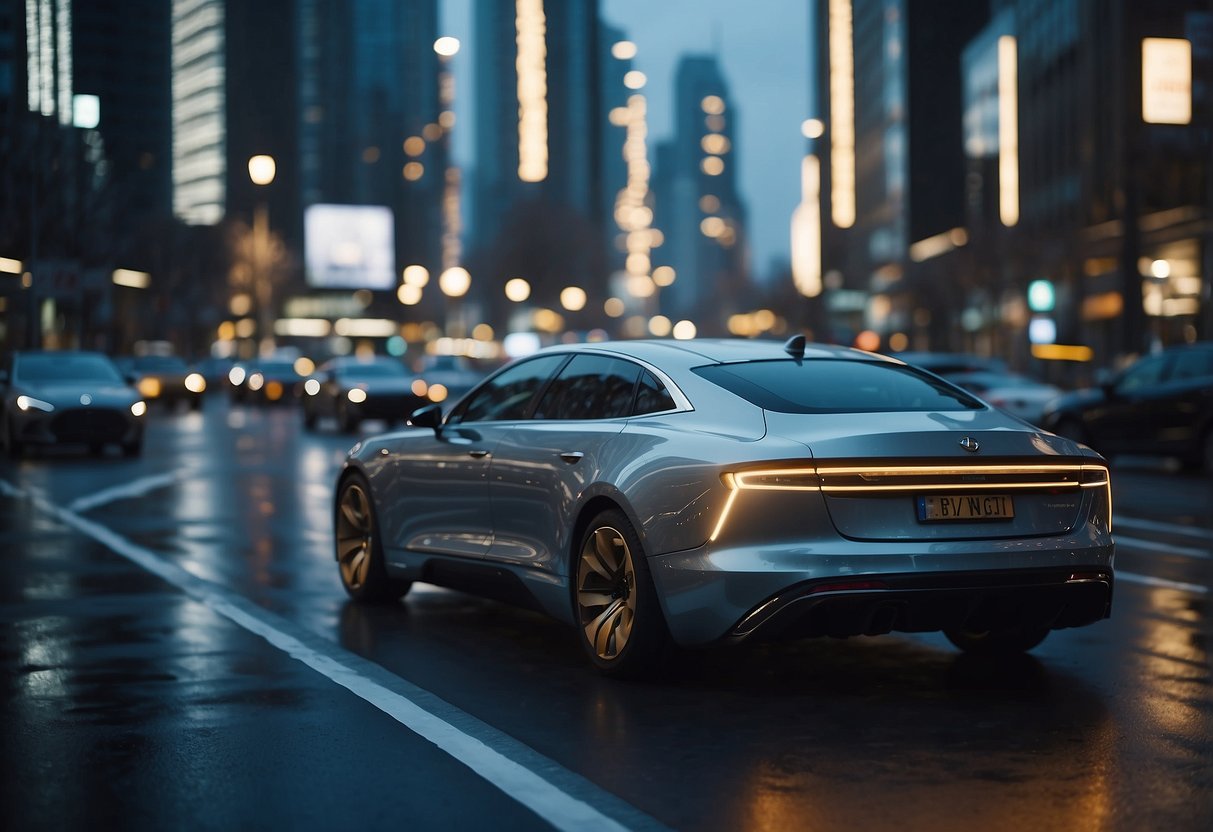
The integration of autonomous technology into luxury vehicles is redefining the landscape of modern driving. Luxury cars equipped with advanced autonomous driving capabilities promise an unprecedented level of convenience and safety. Brands like Tesla, BMW, and Mercedes-Benz are at the forefront, offering features such as self-parking, adaptive cruise control, and lane-keeping assistance.
Autonomous systems in luxury cars are powered by cutting-edge technology, including artificial intelligence, advanced sensors, and real-time data analysis. These innovations ensure a smoother and more enjoyable driving experience, allowing drivers to spend less time on mundane tasks and more time enjoying the ride and their surroundings.
The future of autonomous driving in luxury vehicles is not just about convenience; it’s about enhancing the overall driving experience. As technology continues to evolve, these vehicles are expected to become even smarter, more efficient, and more attuned to the needs of their occupants. This shift means that soon, autonomous luxury vehicles will be synonymous with the ultimate in driving pleasure and ease.
The State of Autonomous Vehicle Technology
Autonomous vehicle technology has advanced rapidly, integrating complex sensors and sophisticated AI systems. This has significantly enhanced their capabilities, making them safer and more efficient.
Evolution of Autonomous Vehicles
Autonomous vehicles have come a long way since their inception. Initially, these vehicles depended primarily on basic sensors and rudimentary algorithms. Early prototypes struggled with basic navigation and obstacle detection. Today, innovations in technology have dramatically improved. Advanced sensors like LiDAR, cameras, and radar now provide comprehensive environmental awareness.
These vehicles can navigate urban environments with increasing accuracy and safety. The journey from Level 0 (no automation) to Level 5 (full automation) has seen significant strides, particularly at Levels 2 and 3, where many modern luxury cars reside. Features such as adaptive cruise control and lane-keeping assist showcase this progress.
Key Technologies and Sensors
Modern autonomous vehicles rely on a suite of advanced technologies. LiDAR systems generate high-resolution 3D maps of the vehicle’s surroundings. This technology uses laser pulses to measure distances and create detailed environmental models. Cameras complement LiDAR by capturing visual information, which is crucial for tasks like traffic sign recognition and lane detection.
Radar sensors provide robust performance in various weather conditions. They are crucial for functions like detecting the speed and distance of nearby objects. The integration of these sensors ensures that autonomous vehicles can operate effectively under different conditions, improving overall safety and reliability.
Machine Learning and AI
Machine learning and AI are at the core of autonomous vehicle functionality. They enable the processing of vast amounts of data from sensors to make real-time decisions. Neural networks can identify and classify objects, predict movements, and determine the best course of action. These systems learn from millions of miles of driving data, continuously improving their accuracy and decision-making abilities.
AI also enhances predictive maintenance, traffic management, and energy efficiency. Leading manufacturers invest heavily in AI research, ensuring continuous advancements. The collaboration between AI and sensor technology has enabled autonomous vehicles to perform complex tasks, moving ever closer to full automation.
Regulatory Landscape and Safety Standards

The integration of autonomous driving technology in luxury vehicles requires careful consideration of regulations and safety standards. These elements ensure that the vehicles are both compliant with legal requirements and equipped to minimize risks associated with human error.
Global Regulations and Compliance
Countries around the world are developing regulatory frameworks to govern the use of autonomous vehicles. The European Union, for example, has implemented stringent regulations focusing on road safety, cybersecurity, and data protection.
In the United States, individual states have their own rules, with California and Arizona being leaders in supporting driverless car testing and deployment. China and Japan are also advancing in regulatory support, promoting innovation while ensuring safety compliance. Complying with these diverse regulations is crucial for manufacturers aiming to market their autonomous luxury vehicles globally.
SAE Levels of Automation
The Society of Automotive Engineers (SAE) has established six levels of automation, ranging from Level 0 (no automation) to Level 5 (full automation). These levels help classify the extent to which automation technology can control a vehicle.
Luxury automakers are particularly interested in Level 3 (conditional automation) and Level 4 (high automation), where the vehicle can handle most driving tasks but still requires human intervention in complex situations. It is vital for manufacturers to clearly communicate these levels to consumers to set proper expectations about the vehicle’s capabilities and limitations.
Safety Features and Human Error
Safety is a paramount concern in autonomous driving and must address both technological reliability and human interaction. Advanced safety features include LiDAR, radar, and cameras to detect and respond to environmental conditions.
To mitigate human error, these vehicles are equipped with driver-assist systems such as adaptive cruise control and emergency braking. The industry also focuses on ergonomic design and intuitive interfaces to ensure that drivers can easily take over control when necessary. The combination of these technologies aims to enhance road safety and reduce accidents caused by human errors.



